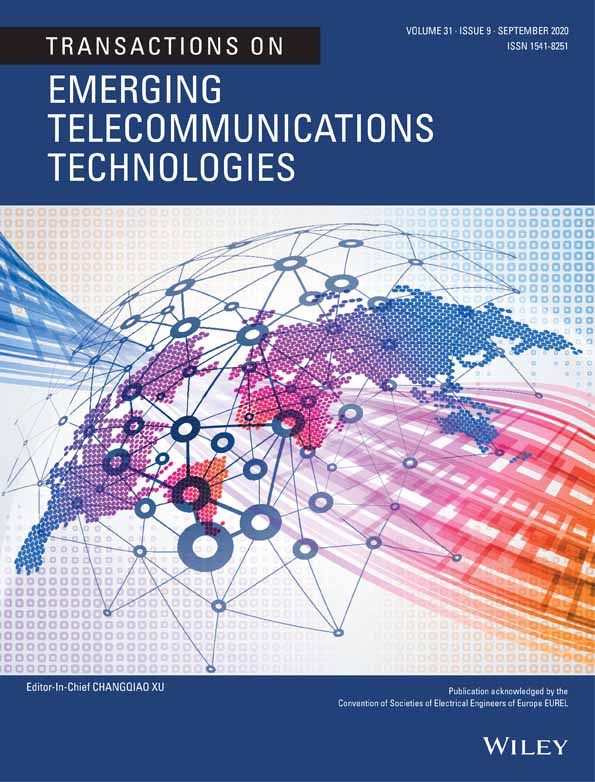Combining partial transmit sequences and selective mapping to reduce computational complexity of selective mapping techniques
Abstract
Both selective mapping (SLM) and partial transmit sequences (PTSs) are multiple signal representation (MSR) techniques used to reduce the peak to average power ratio (PAPR) in orthogonal frequency division multiplexing (OFDM) systems. Given the same number of candidate signals, SLM is superior to PTS in improving PAPR performance. However, SLM is associated with greater computational complexity, as more inverse discrete Fourier transforms (IDFTs) are required for SLM in comparison with PTS. To address this issue, this study proposes an improved SLM scheme, which divides available subcarriers into two parts, with one part used in PTS and the other in SLM. The proposed method determines whether PTS or SLM is to be used by input signals by setting an adaptive threshold, which can reduce the number of IDFTs accumulated over the implementation of SLM following a large number of OFDM signal transmissions. Statistical analysis of the simulation results show that after a large number of OFDM signals are transmitted, the proposed method not only reduces the number of IDFTs accumulated, but also allows each transmit signal to have PAPR-reduction performance equivalent to that of conventional SLM schemes.




